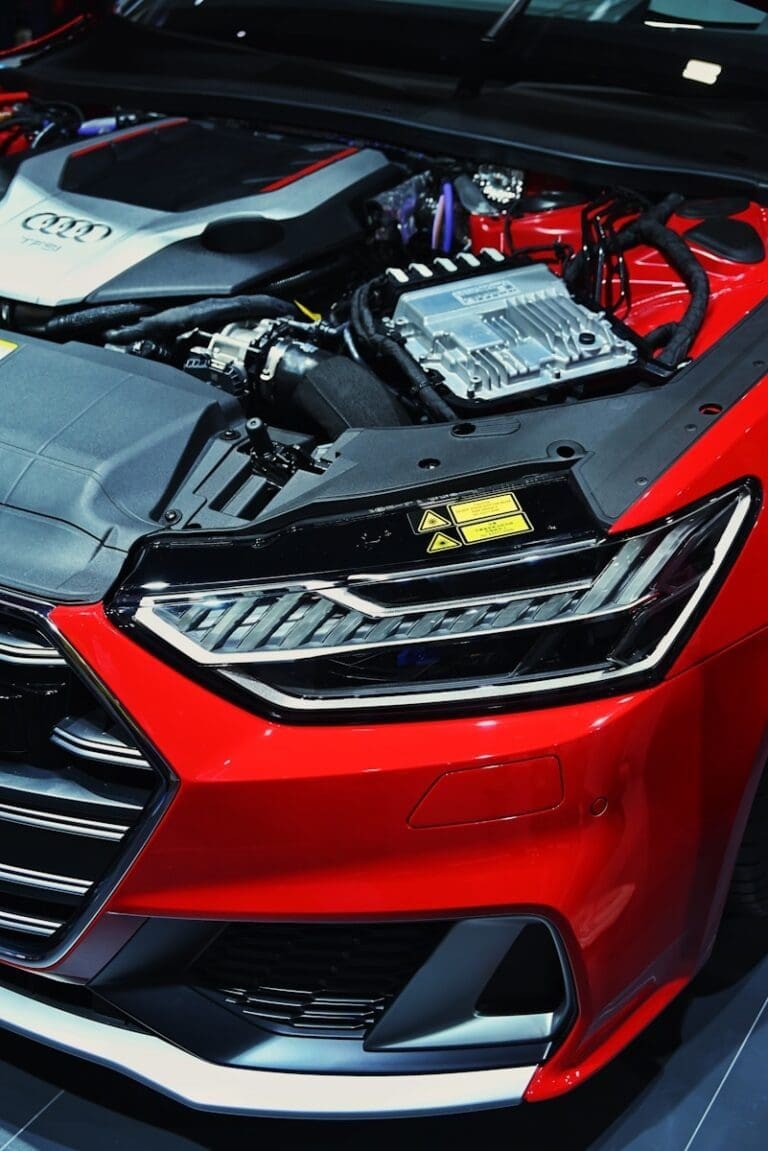Before booking a remap, most drivers want to know how much power their car is actually making. There are two main ways to measure it — through the OBD-II port or on a rolling road dyno. Both can provide accurate results when used correctly, but they measure performance in different ways. Here’s how each works and when to use them.
What is an OBD-II BHP check?
Table of Contents
ToggleAn OBD (On-Board Diagnostics) power test connects directly to your car’s ECU through the diagnostic port. It reads live data such as RPM, torque, air mass, and boost to calculate estimated horsepower output. At Pro Remapping, we use manufacturer-grade tools that analyse engine data in real time — giving a safe and fast power check without removing the car from the road.
Advantages of OBD power testing
- Safe and non-invasive: No need to run the car at full load on rollers.
- Real-world accuracy: Reads power from actual engine data under normal driving conditions.
- Quick results: Takes minutes and can be done at your home or workplace.
- Ideal for diagnostics: Helps detect torque limits, air leaks, or boost inconsistencies before a remap.
For most customers, an OBD test provides a reliable baseline before tuning. It’s especially useful on newer cars where the ECU reports precise torque and airflow values.
What is a rolling road dyno test?
A rolling road (or dynamometer) measures the power your car puts down at the wheels. The vehicle is strapped onto rollers and run through gears while sensors calculate wheel speed, torque, and resistance. From there, software estimates crank horsepower by factoring in drivetrain losses.
Dyno testing is the traditional method used by tuners for in-depth tuning and calibration — especially for performance or track cars.
Advantages of rolling road testing
- Full load data: Measures performance under maximum throttle and boost.
- Graph output: Displays torque and BHP curves across the RPM range.
- Ideal for advanced tuning: Useful for verifying gains from Stage 1 and Stage 2 remaps.
- Calibration aid: Allows tuners to fine-tune boost, fuelling, and ignition timing for exact results.
While a rolling road gives deeper insight, it’s not always practical or necessary for everyday drivers looking for smoother, more efficient power delivery.
Limitations of both methods
OBD checks rely on ECU-reported data, which assumes the engine is healthy and sensors are accurate. A dirty MAF, weak turbo actuator, or blocked DPF can distort readings. That’s why we always run a diagnostic check first to verify sensor accuracy.
Rolling roads can vary by operator and environment. Tyre pressure, strapping tension, and temperature all affect readings. Dynos measure wheel power, not crank power, so figures can differ from manufacturer specs by 10–20% depending on drivetrain losses.
Which method is more accurate?
The answer depends on your goal:
- For general performance checks: OBD testing is accurate enough for most customers. It shows whether your car is down on power and identifies ECU limits before tuning.
- For performance builds or comparisons: A rolling road is better for absolute accuracy and detailed power graphs.
At Pro Remapping, we use both methods together when required — OBD for quick power validation, and dyno data for tuning complex vehicles or comparing before-and-after gains.
Real examples from our customers
Example 1: Ford Transit Custom measured 132 BHP via OBD before tuning. After diagnosing a weak MAF sensor and cleaning the DPF, final readings reached 168 BHP, verified later on a dyno within 2% accuracy.
Example 2: BMW 320d recorded 160 BHP on the dyno, compared with 162 BHP via OBD. Both matched closely, confirming healthy sensors and consistent torque output.
Choosing the right test for your vehicle
- Daily drivers: OBD power check – quick, cost-effective, and safe.
- Performance cars: Rolling road dyno – ideal for fine-tuning power delivery and torque mapping.
- Vans or fleets: OBD testing – perfect for baseline checks and fuel efficiency tuning.
If you’re not sure, our team will advise which test suits your vehicle. The aim is accuracy without unnecessary cost or risk.
Final thoughts
Both methods work — the key is choosing the right one for your goals. An OBD power check is fast, affordable, and safe for most remaps, while a rolling road is best for deeper calibration and absolute figures. Either way, you’ll know exactly how your vehicle performs before and after tuning.
Book your BHP check today
Ready to see how your car performs? Book a quick BHP check by reg or call us for rolling road advice. We offer honest, transparent power testing across Stoke-on-Trent and the surrounding areas.
Call 074040 22260
or book online at proremapping.com.



